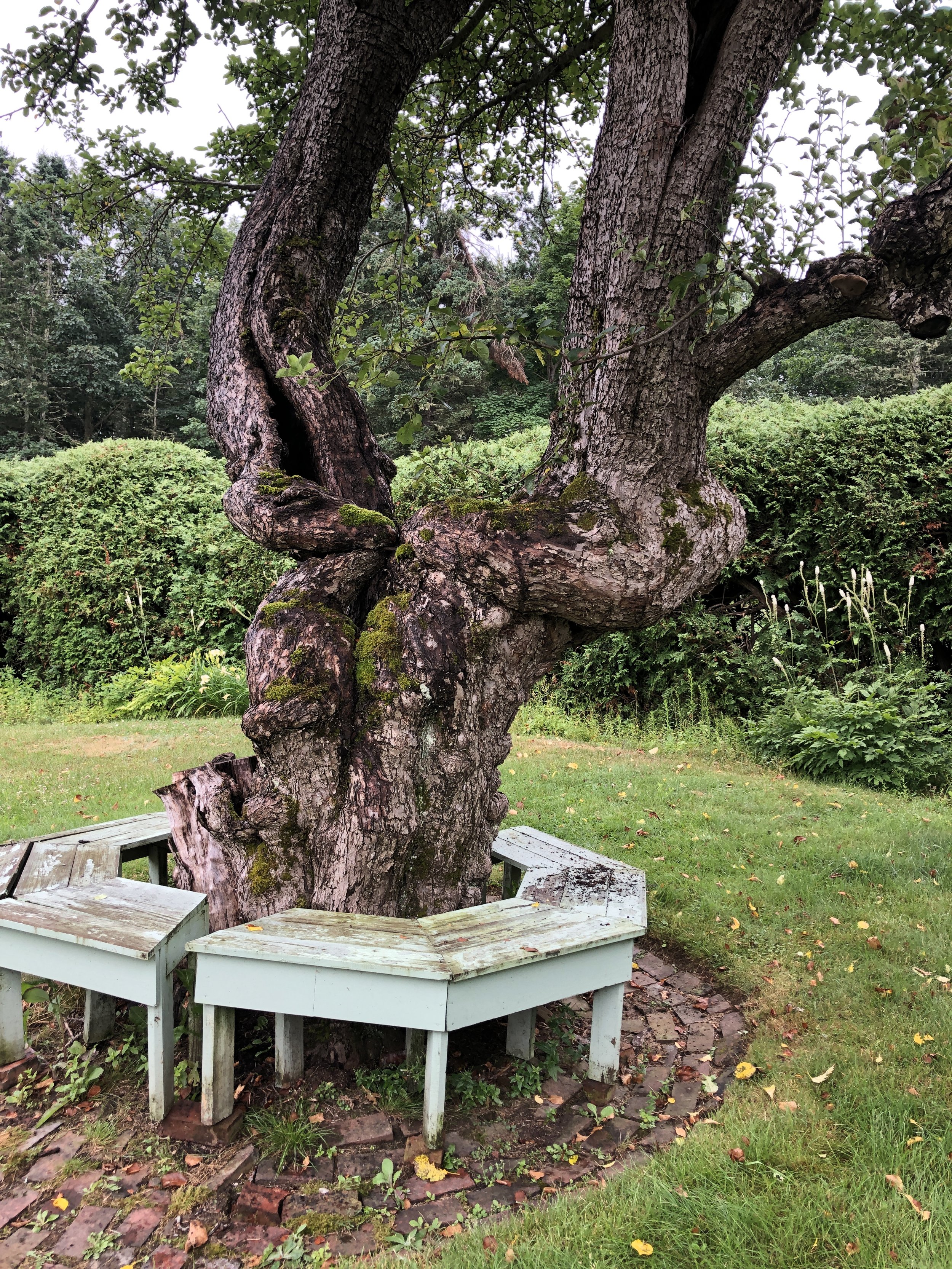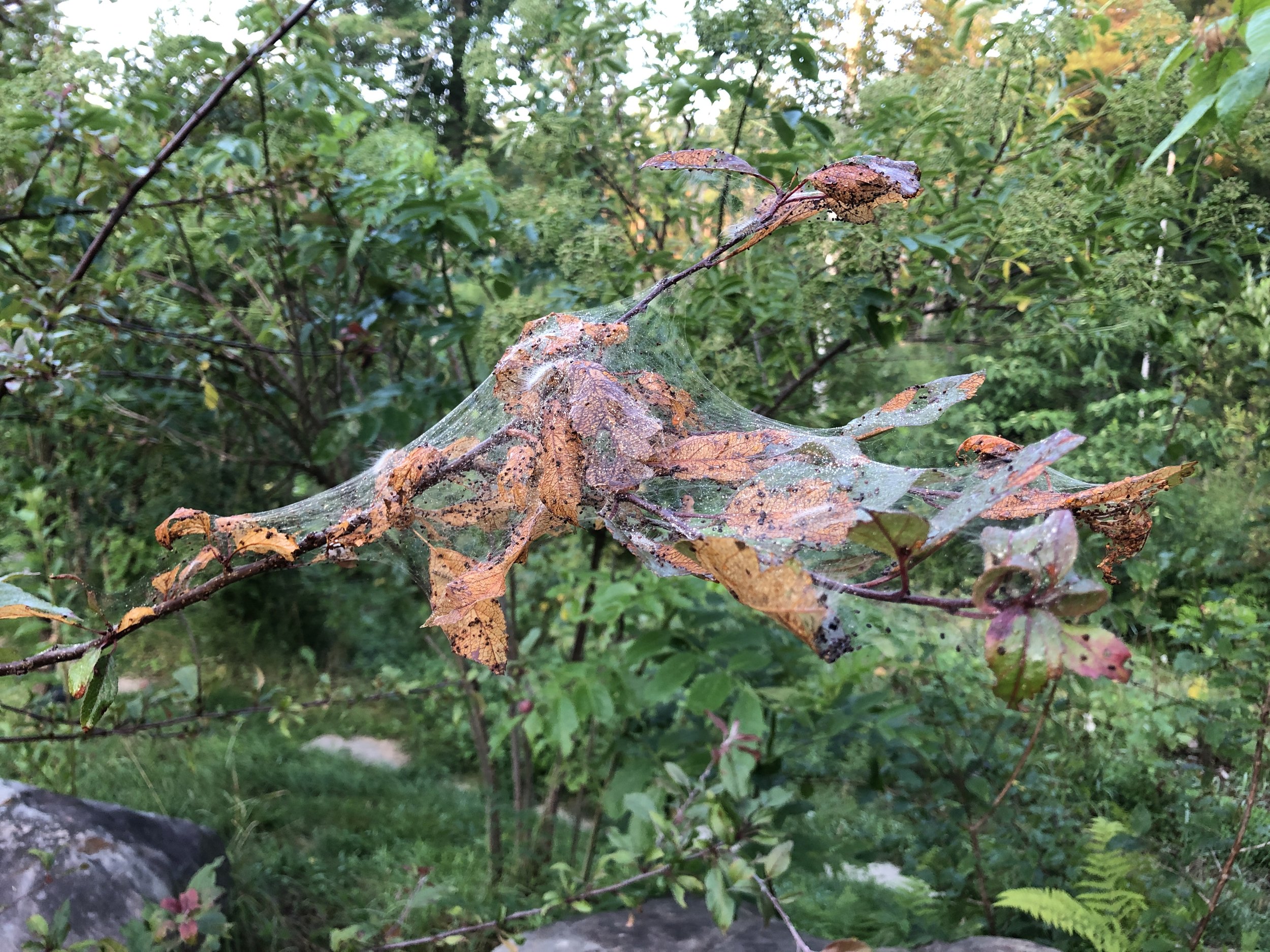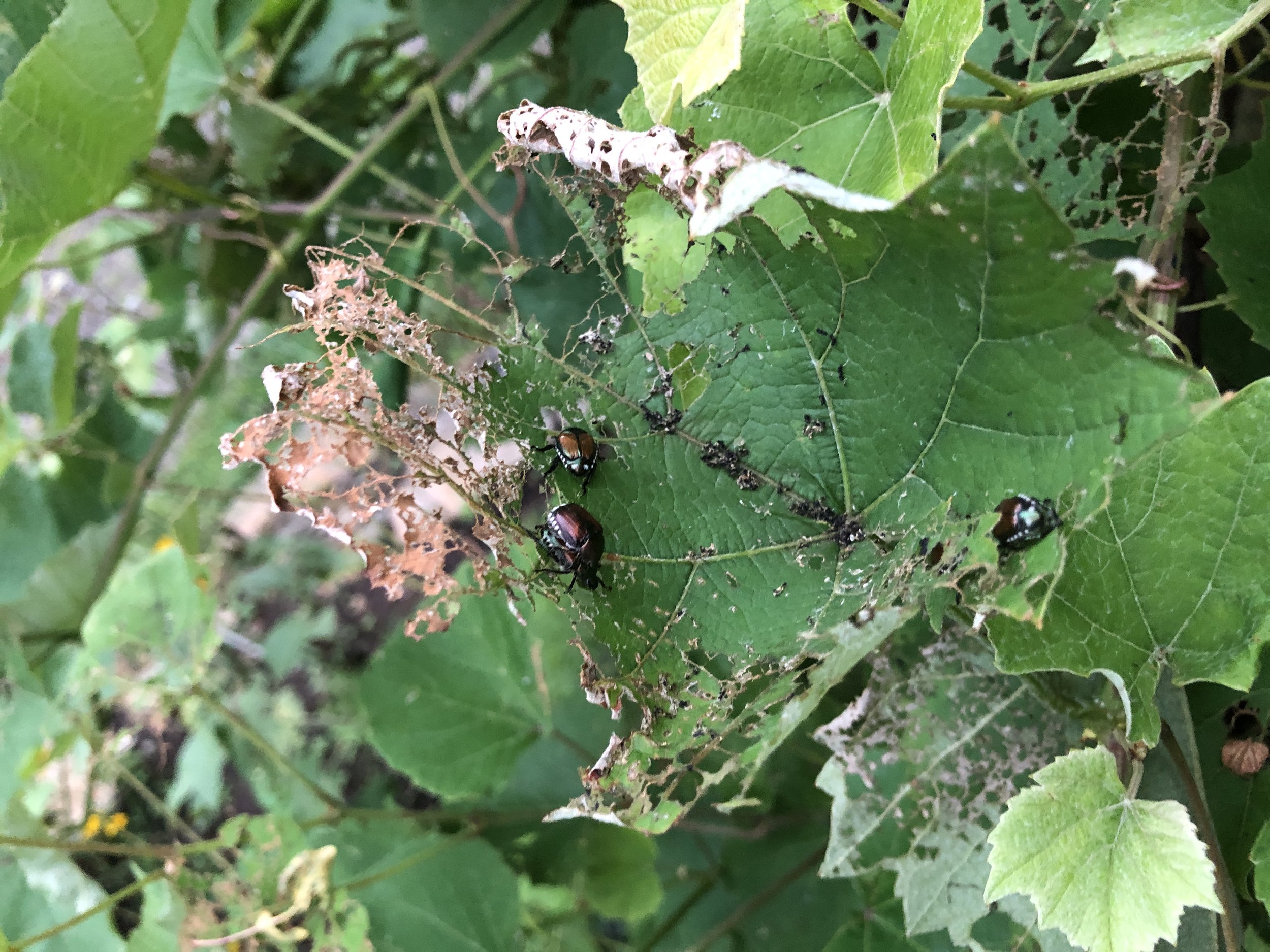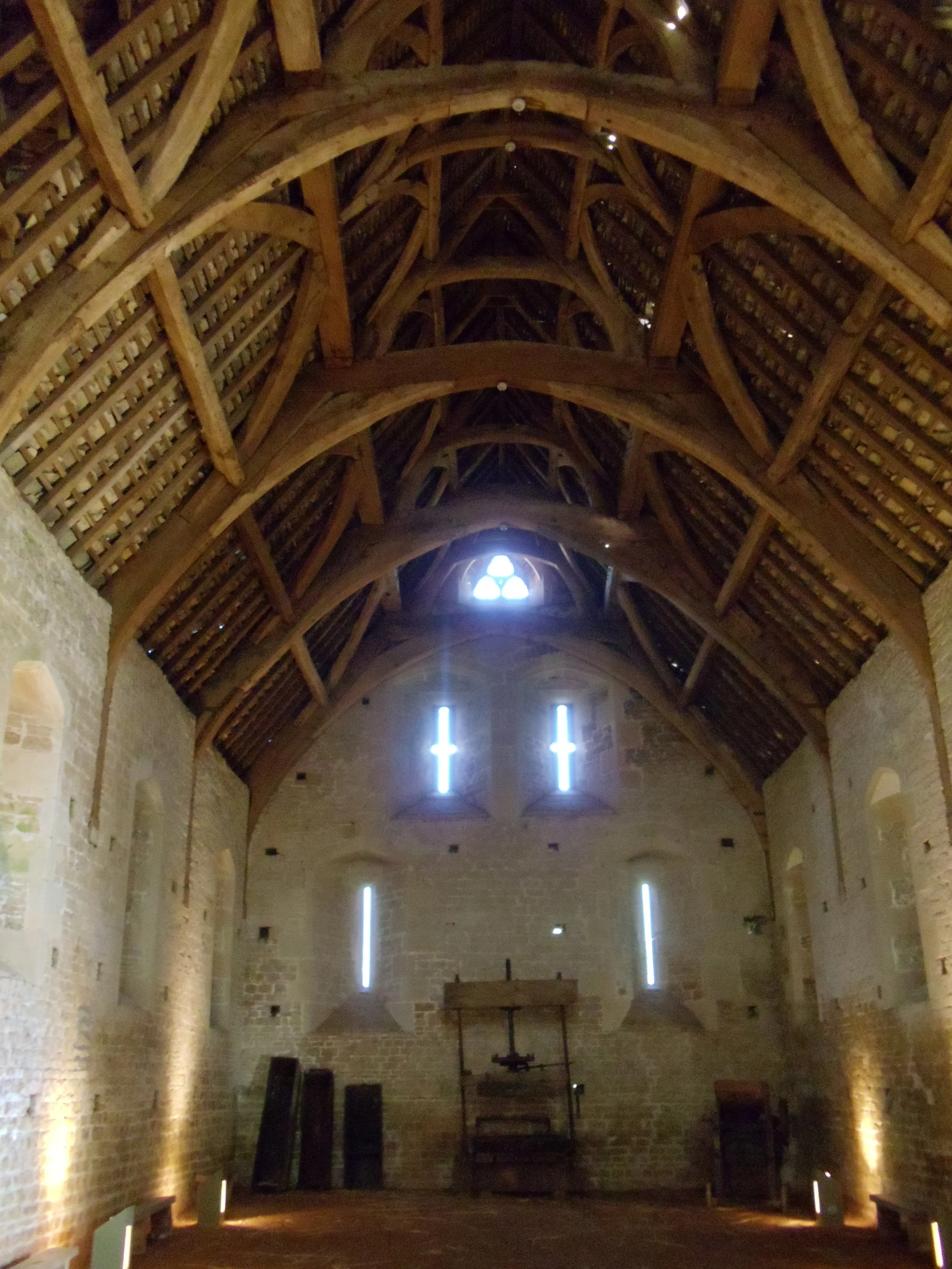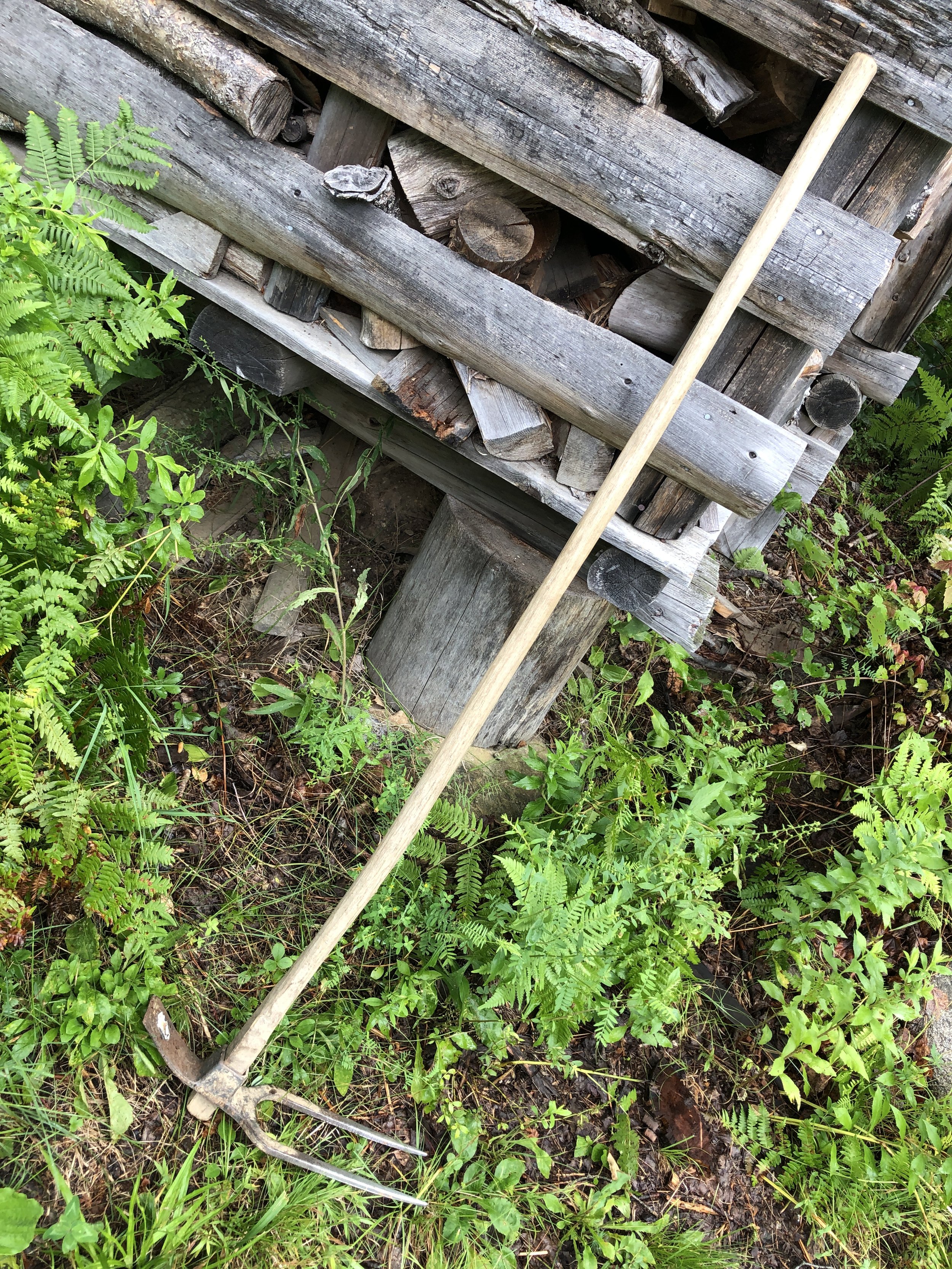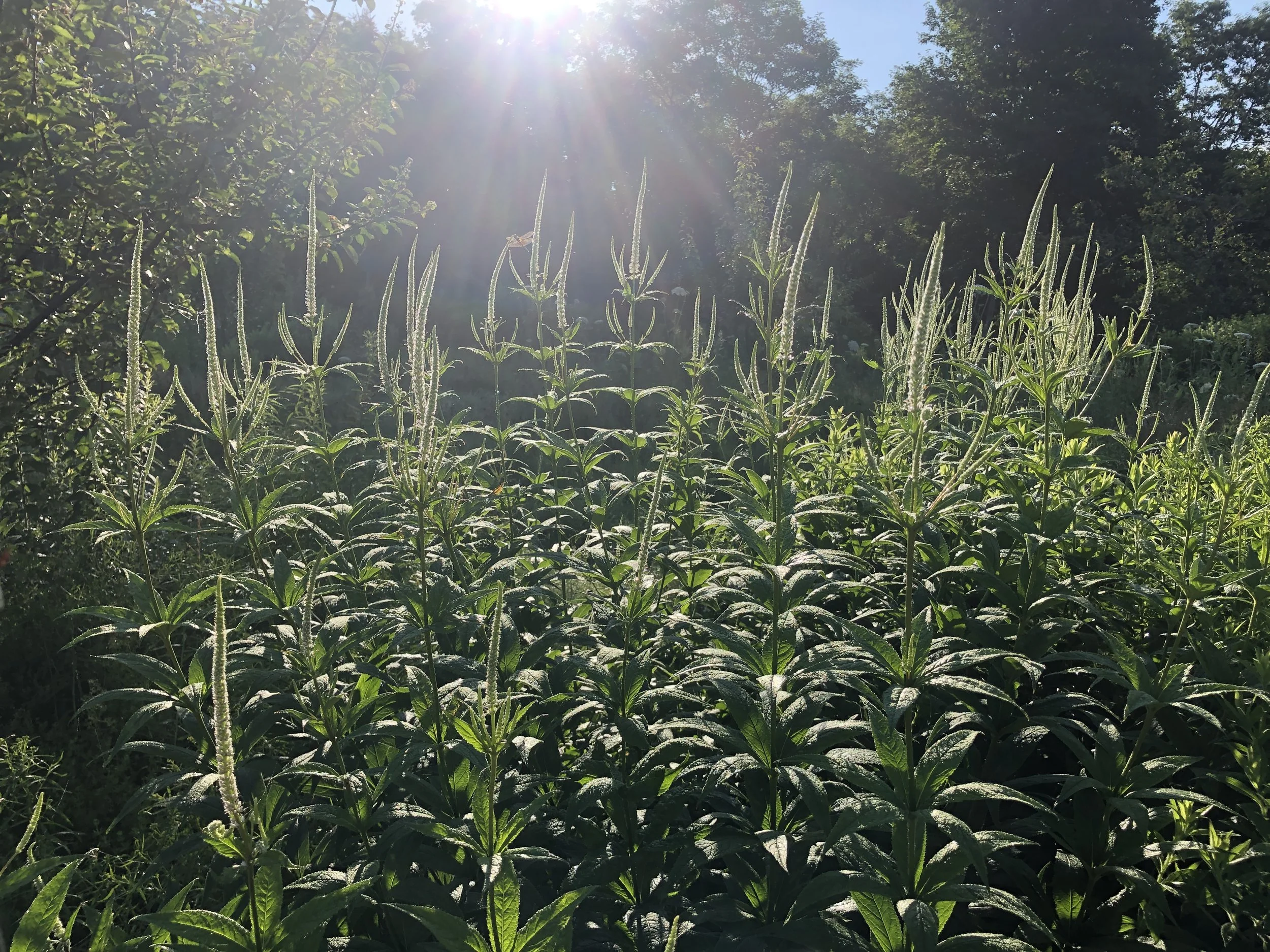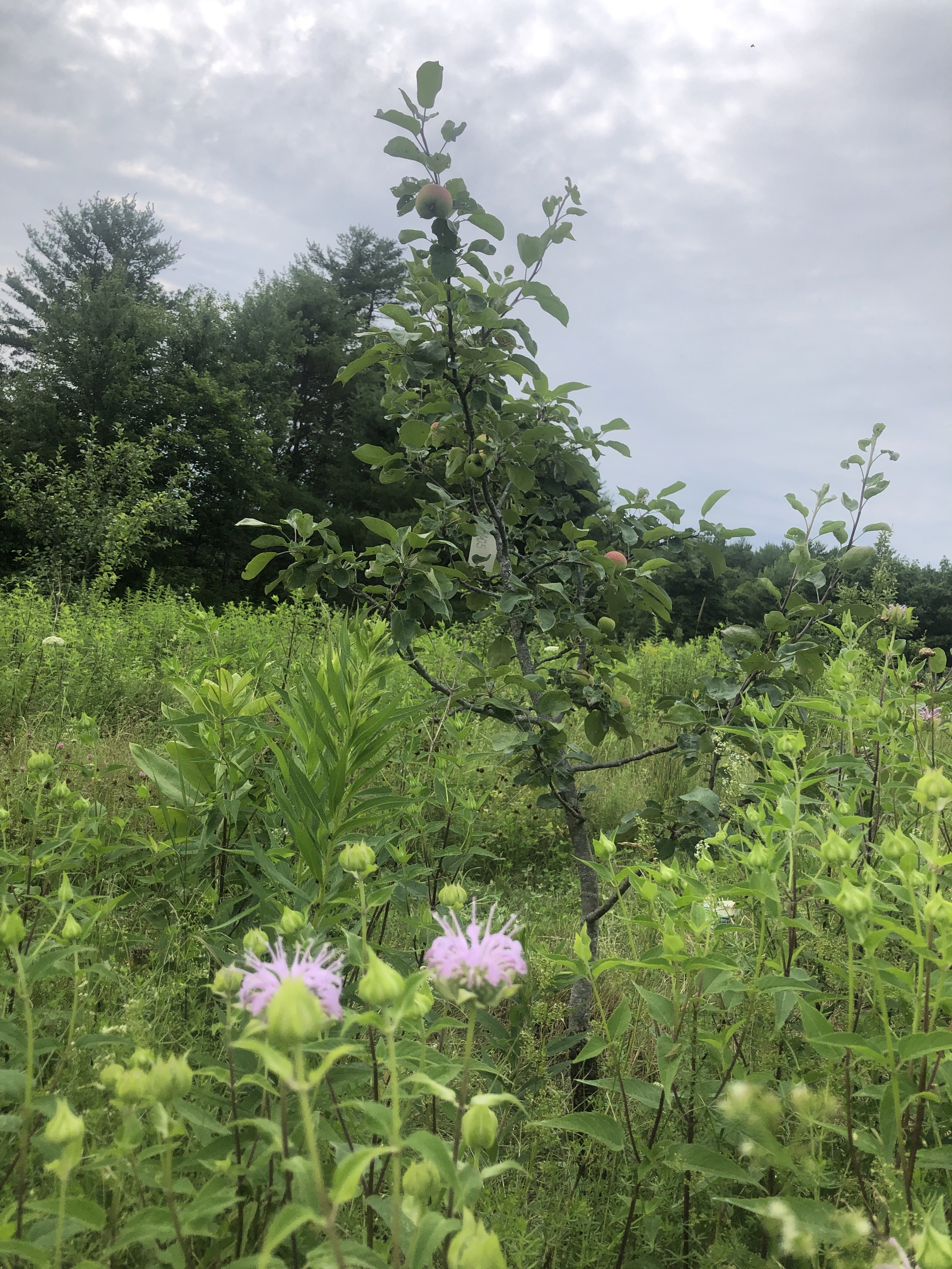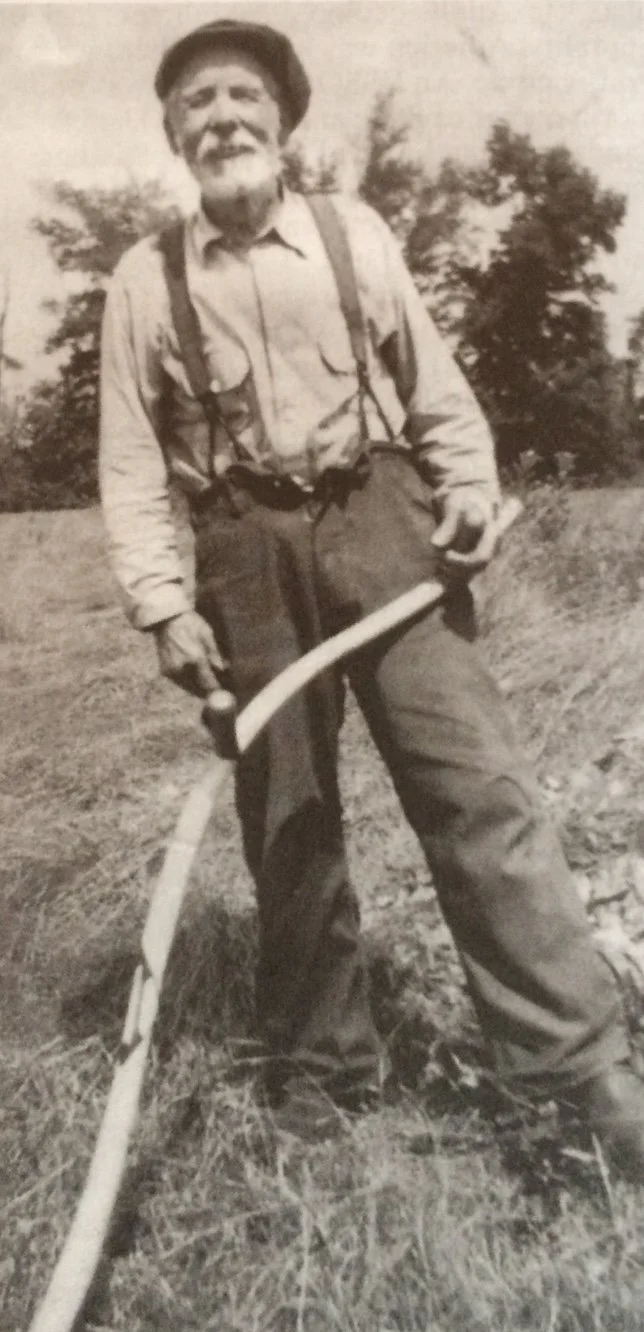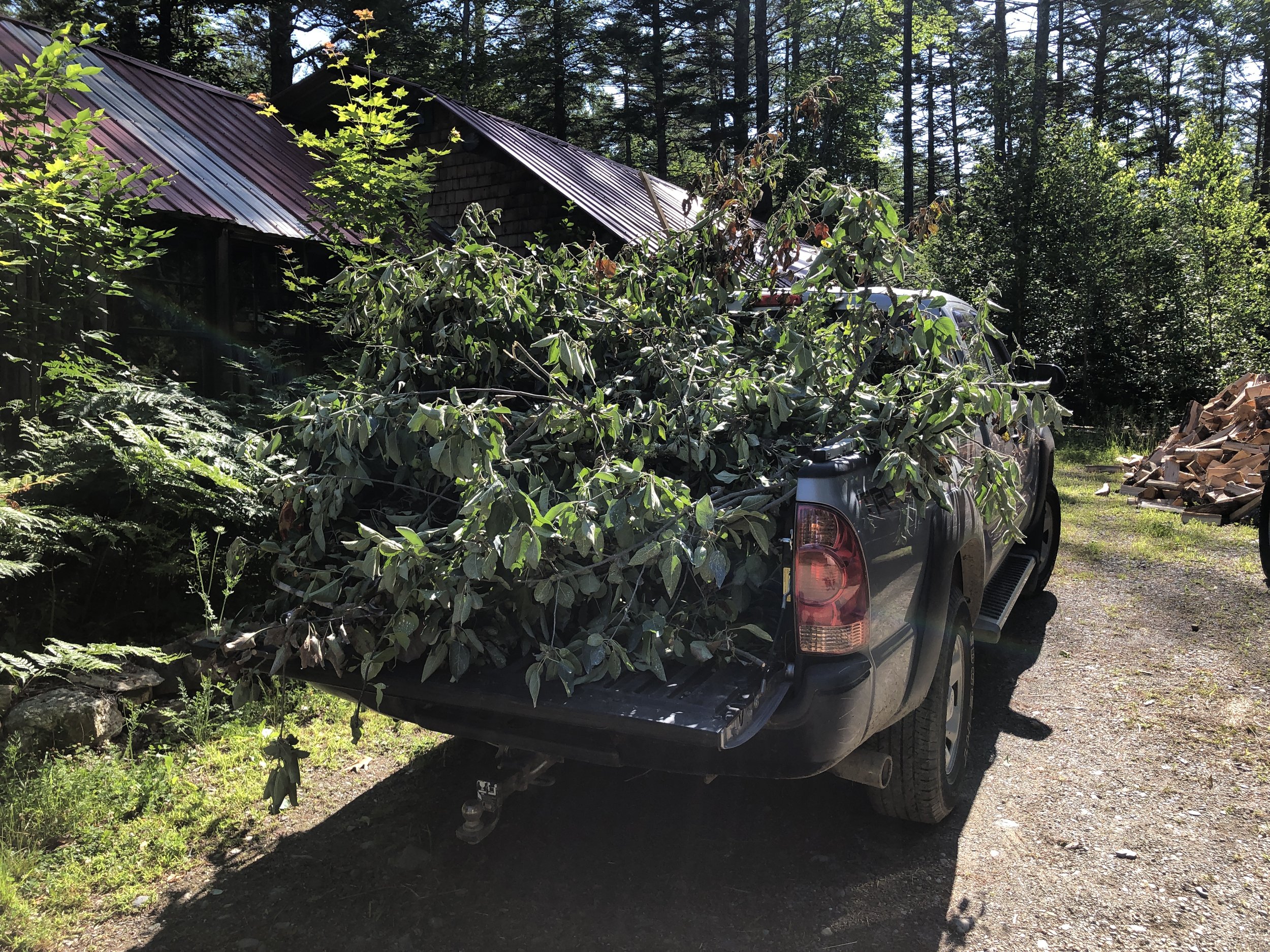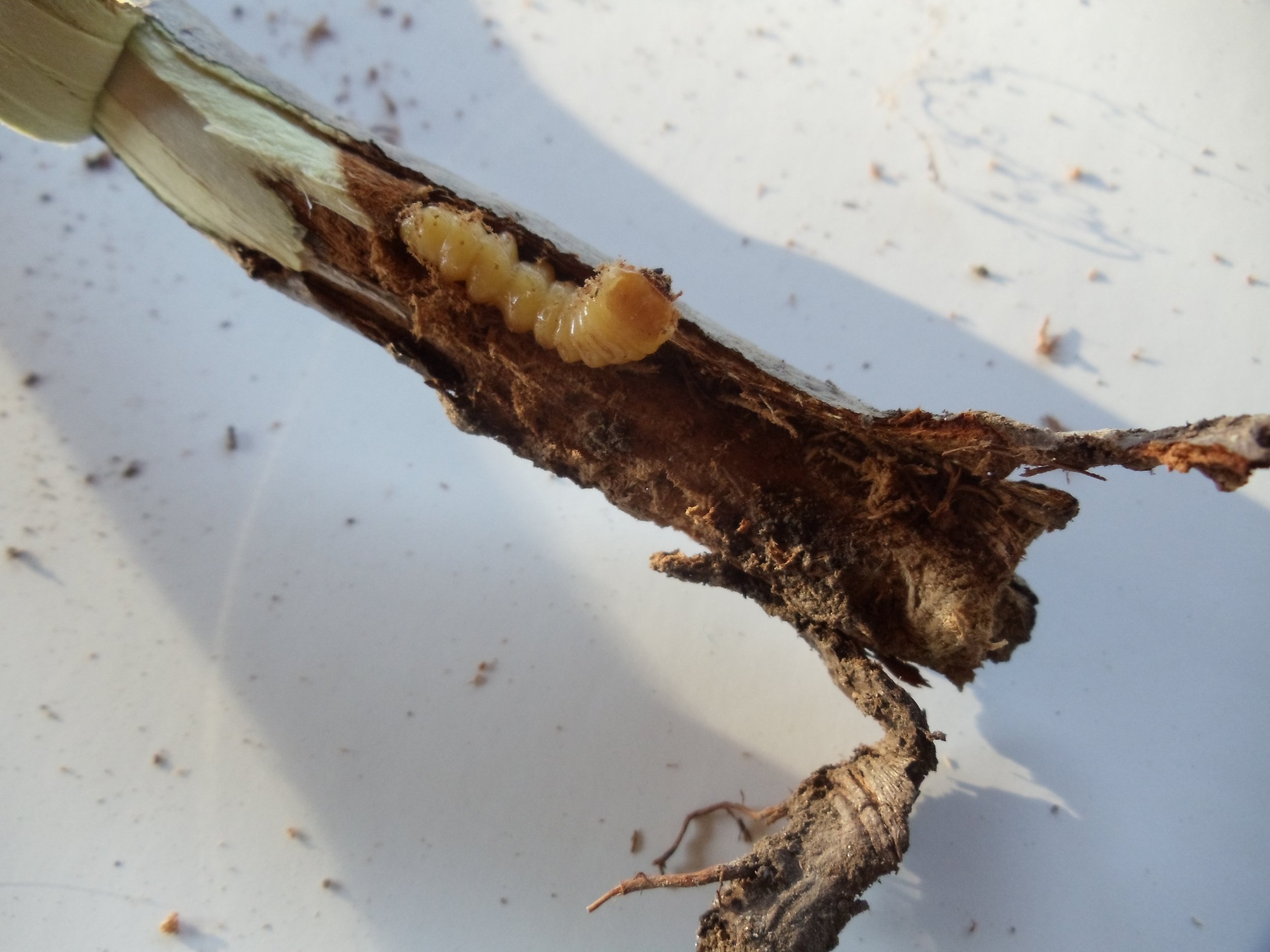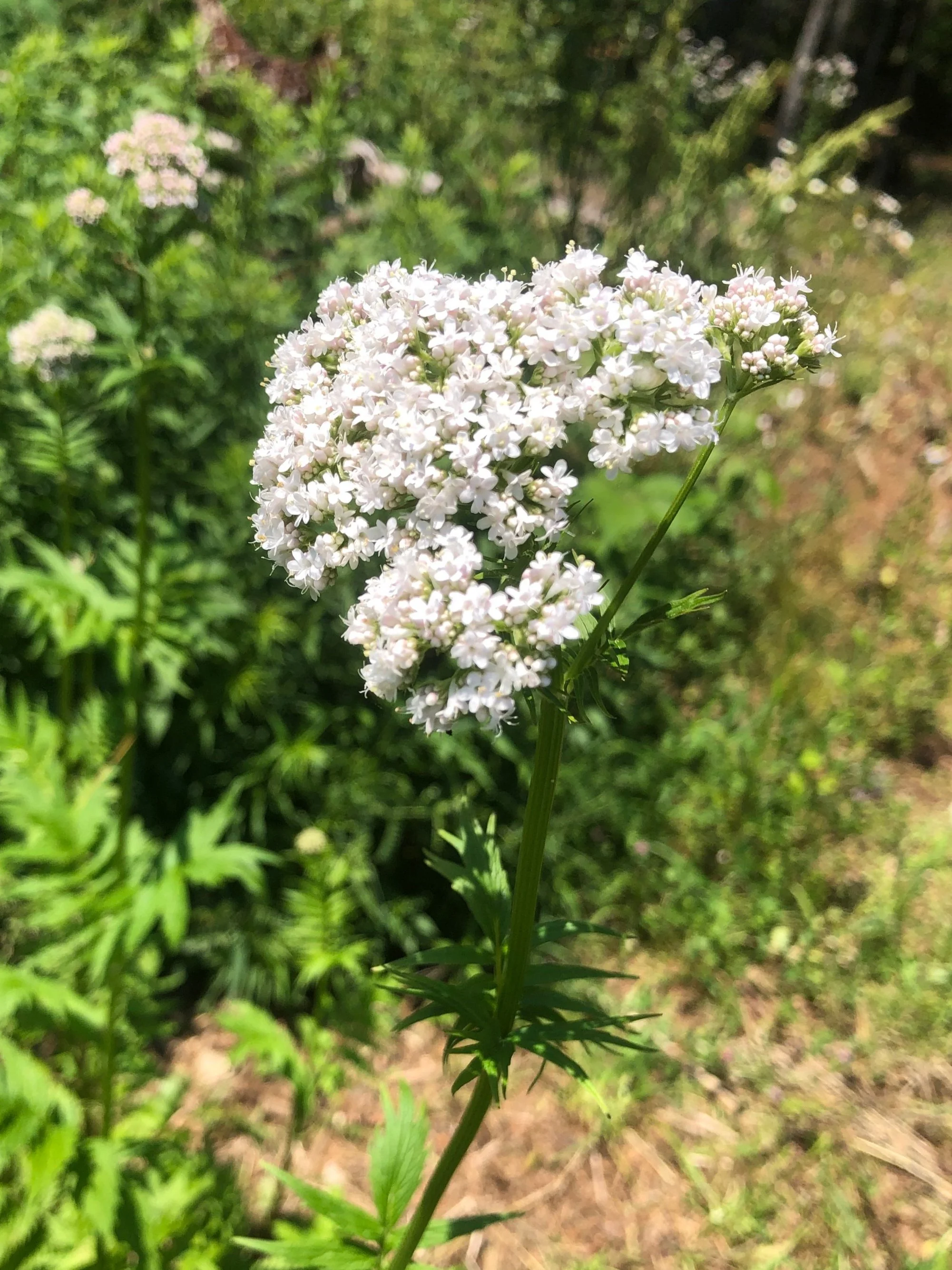TODAY IN THE ORCHARD
Night time spraying Hewe's Virginia Crab at Finley Lane
Today Laura cut fireblight out of the orchards down around the farm. Although most trees were spared, a few have gotten hit pretty hard; and after the cutting, they looked grim. It was a tough to do, but it had to be done. There’s more fire blight to cut out, but hopefully the worst is over.
In the evening we sprayed the fruiting trees on the farm and up at Finley Lane with “Monterey Garden Spray.” MGS is a spinosad which is derived from soil bacteria and is toxic to many insects including Apple Maggot Fly (Rhagoletis pomonella) - aka Railroad Worm - which appears in the orchard in July and can do a lot of damage to the fruit. The commercial name for the spray is Entrust. It is a powerful tool for the organic orchardist, and it must be used with great caution because it is toxic to bees. We use it sparingly for that reason and don’t begin to spray until after the bees have retired for the evening. Last night we finished spraying at 9:00. It was tricky spraying the last trees in near-total darkness.


